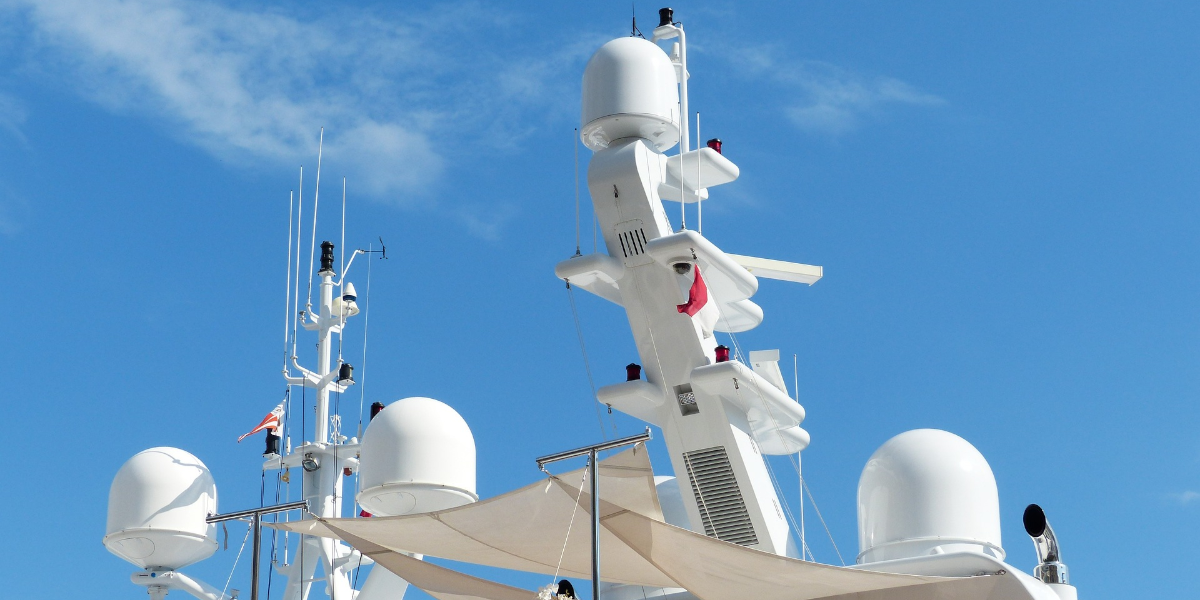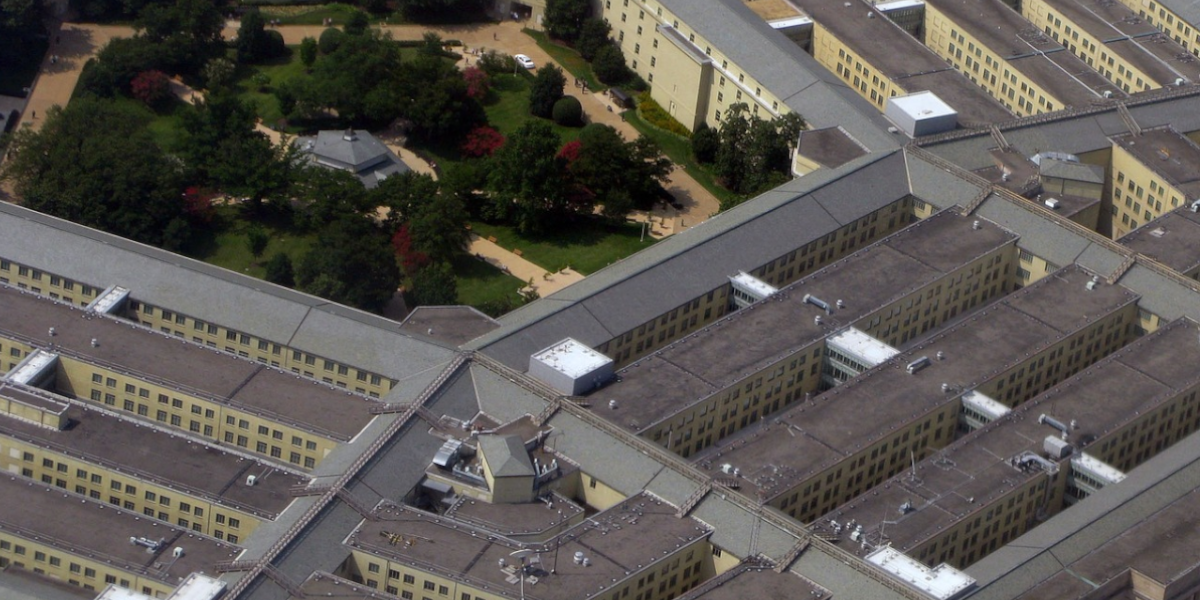During a conference held on November 15, 2023, at the Hayden Center for Intelligence, Policy, and International Security, Dr. Sean Kirkpatrick, journalist Shane Harris from the Washington Post, and former CIA officer David Priess shed light on the limitations of the UFO study office within the Department of Defense. Pentagon spokesperson Susan Gough, responsible for answering public questions on Unidentified Aerial Phenomena (UAP) issues and author of "Evolution of Strategic Influence", was also present.
The All-Domain Anomaly Resolution Office (AARO) director began by explaining that the mission of the AARO was to look "at the unknown out in the world and trying to make sense of it".
Shane Harris then explained that journalists take the subject seriously today because "agencies and departments that we cover are paying attention to it with a level of seriousness and focus and purpose". However, this raises questions about press independence, considering the gravity of topics covered by renowned media outlets.
Indeed, if a journalist from a reputable newspaper like the Washington Post, which will go down in history as the media that exposed the scandal of President Nixon's wiretaps, were to limit the serious treatment of a subject to the government's choice, one might wonder if such a state scandal could have come to light.
In the course of his extensive explanation of how the AARO handles whistleblowers' testimonies, Dr. Kirkpatrick emphasized that it didn't absolve them of their obligation to silence. He mentioned that the first part of these testimonies would be published before his departure, stating, "We have access to all of the national archives, all of the agency archives, all of the service archive, every program we need access to".
However, later in the conference, when questioned by Shane Harris about the Nimitz UFO case data, he admitted, "I have what you have, and the pilots’ statements". This raises concerns about the actual information access the AARO has, considering that the Department of Defense preserved the Nimitz UFO video for nearly two decades.
This raises the question of what real access the AARO has to obtain information, while the video filmed by Chad Underwood showing the Nimitz UFO was preserved by the Department of Defense for almost 2 decades.
Additionally, Petty Officer Patrick Hughes, tasked aboard the Nimitz with collecting data from the E2 Hawkeye that attempted to intercept UFOs, stated that “his commanding officer told him to turn over the recently secured hard drives".
"We put them in the bags, he took them, then he and the two anonymous officers left".
So, these data did indeed exist and were retrieved. A similar situation is described by Petty Officer 3rd Class Garry Voorhis, responsible for the AEGIS system data on the Princeton :
“Shortly after they arrived, maybe 20 minutes, I was told by my chain of command to turn over all the data recordings for the AEGIS system”.
One can therefore wonder where these data have gone, who retrieved them, and why the AARO, despite all its means of access to information, has failed to locate them.

Dr. Kirkpatrick's explanation regarding the publication of the AARO's video of an anomalous sphere on its website : "I’m never going to get any more data for that event; there is nothing else I can do," further questions the AARO's actual access to UAP observation data.
This echoes the conversation recording between retired U.S. Air Force Captain Robert Salas and an AARO representative, where the AARO claimed difficulty obtaining U2 aircraft videos despite whistleblower indications : “I can’t find anybody that knows”.
Regarding whistleblower testimonies, Dr. Kirkpatrick mentioned having nearly 40 witnesses audited by the AARO. He insisted that they “provided a lot of rich information”, and that their findings would be published in the Historical Report Volume 1 before his departure.
Regarding validating anomalies as non-human in origin, Dr. Kirkpatrick explained that he couldn't do so without peer-reviewed papers on possible exogenous signatures, emphasizing the lack of evidence supporting the extraterrestrial hypothesis.
This raises questions, especially considering NASA's statements that it would only have a consulting role on recorded signals. However, he specified that even in the absence of these hypotheses, which he would need to ensure anomalies are of extraterrestrial origin or not, he can assure the audience that “we have absolutely no evidence that anything matches the extraterrestrial hypothesis”.
When questioned about the possible existence of another group that could investigate extraterrestrial technology, Dr. Sean Kirkpatrick categorically denied it, saying, "no." This raises questions, as, in a recent report by Public, White House National Security Advisor Jake Sullivan was briefed on it by Navy officers. Additionally, according to sworn testimony by whistleblower David Grusch, such a program does indeed exist.
Even more surprisingly, when asked if he has indeed established an advisory group on the subject and who its members are, as reported by UAPCheck News based on Matt Ford's sources, he confirmed the existence of this group but refused to disclose the names. He then mentioned the case of NASA's UAP study group, which allegedly faced harassment on the subject, as the reason for keeping it confidential. However, he forgot to mention that NASA's reported harassment came from members of the scientific community mocking the space agency for wasting time on UFOs.
The conference concluded with Dr. Kirkpatrick thanking Pentagon spokesperson Susan Gough for her assistance.
Main picture: Image by D W from Pixabay

